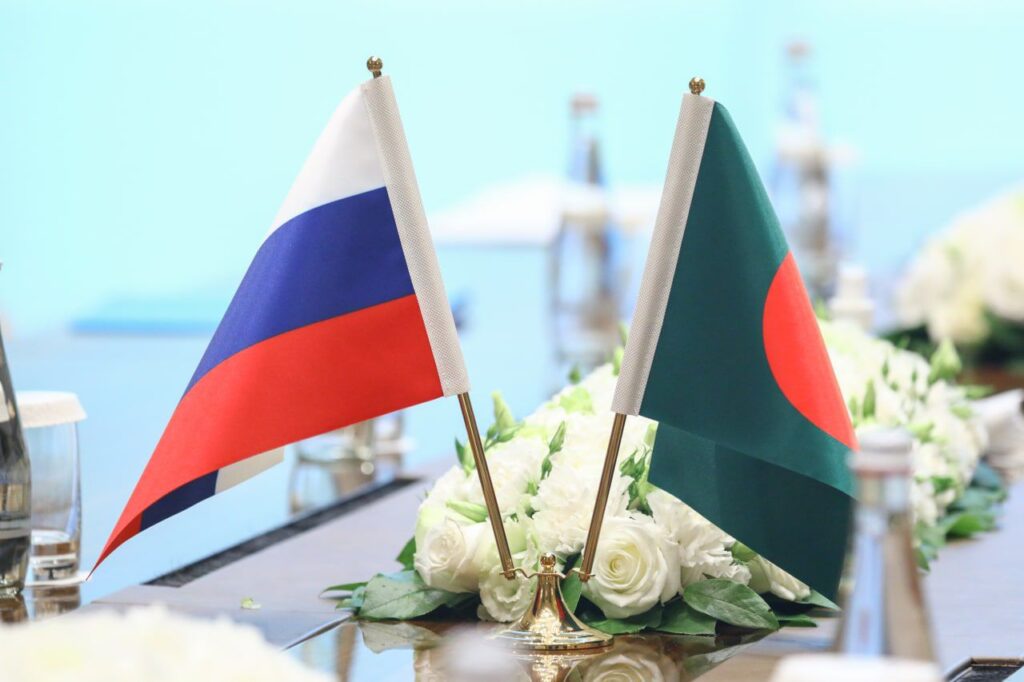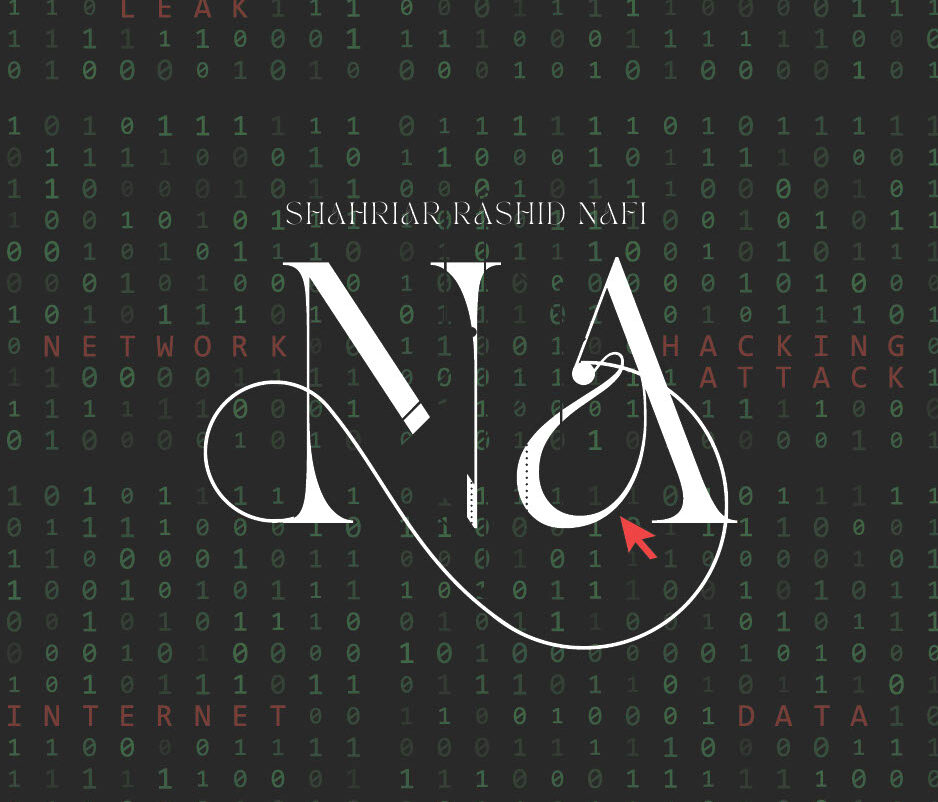In the quiet town of Ruppur, nestled along the banks of the great Padma River, where time appears to move slowly with the wind, a revolution is quietly taking place. The Ruppur Nuclear Power Plant, Bangladesh’s first foray into the world of nuclear power, is not merely an engineering achievement – it is a testament to human aspiration, faith, and a long-standing friendship between two nations.This is not merely a story about energy,but about ambition,development, and a shared future.
A dream fulfillment
Bangladesh had long dreamed of energy independence – to light every home, every school, every factory with the glow of modern technology. With its exploding population and growing economy, the country needed more than Band-Aids. It needed something bold, something lasting, something that would stand the test of time. That bold step came in the form of Ruppur. Its two high-capacity VVER-1200 reactors, constructed and designed with the help of Russia’s state atomic energy company, Rosatom, will supply 2,400 megawatts of power – enough to energize millions of lives and businesses across the nation. But this dream wouldn’t have taken off without a trusted companion by our side.
Russia and Bangladesh: a friendship forged in time
The history of Russia and Bangladesh is not new. It began in the early 1970s, amidst the blaze and sparks of Bangladesh’s War of Liberation, when the Soviet Union came out in favor of the new country. That provided the foundation for an increasingly robust relationship with each passing decade. Now, Ruppur is the latest addition to this ongoing story. Russia didn’t simply share technology – they shared trust. Through a generous loan of over $11 billion, technical support, and with an open heart, Russia stepped forward as a friend – not to build a power plant, but to build a future. This partnership isn’t transactional – it is transformational.

Building more than just a power plant
What makes Ruppur special is that it’s not merely about energy. It’s about developing human capability. Every year, thousands of Bangladeshi students travel to the most prestigious Russian universities to study nuclear science, engineering, and safety. They return not only with skills, but with experience, tales, and friends across borders. In every control room and training center, a silent harmony of collaboration is played out – Russian experts in the lead, Bangladeshi engineers learning, and all working together to create a generation that will propel this vision forward.This is how nations develop – not separately, but collectively.
When cultures meet: a new city, a shared life
What is perhaps the most beautiful outcome of the Ruppur project is not to be found in steel or figures, but in the individuals that have been affected by it. Outside the plant lies a new city – a city built with a purpose and design to house Russian engineers and experts, with houses, schools, and community halls. It is not just a space to live, but one in which cultures meet and individuals mingle. Local Bangladeshi individuals are now learning the Russian language to communicate and work more efficiently with their counterparts. They celebrate festivals together, eat meals together, and friendships bloom across cultural borders. Ruppur has turned into a living bridge – not only between two governments, but also between two peoples. In an era when cultural divisions seem to be making all the headlines, this humble mix of Bangladeshi hospitality and Russian generosity is a different story – one of compassion, empathy, and ordinary diplomacy.
A symbol of hope and harmony
Ruppur is more than steel and concrete. It’s a testament to what can be achieved when countries choose to lift one another up. In a world too often divided by borders, politics, and competition, this plant stands out as a beacon of unity – a reminder that when we work with openness and trust, we construct not only bridges, but peace. The relationship of Bangladesh with Russia is unique, grounded in respect, strengthened by cooperation, and driven by a shared belief in a better future. And Ruppur, glimmering softly on the horizon, is its beaming symbol.
Looking towards a brighter tomorrow
While Ruppur prepares to be totally online, its turbines’ hum will ring out not merely power, but promise. For Bangladesh, it is the breaking of a new dawn – —a new dawn of energy security, scientific progress, and national pride. And for Russia, it is the continuation of its role as a nation that supports its friends, not merely during times of adversity but during times of progress.
I don’t see Ruppur as just a nuclear project. For me, it represents what can happen when countries choose cooperation over distance – when they build not just infrastructure, but real trust. It might not be flashy, but there’s something meaningful in that kind of quiet partnership. It gives me hope that progress doesn’t always have to shout; sometimes it just needs to endure.
